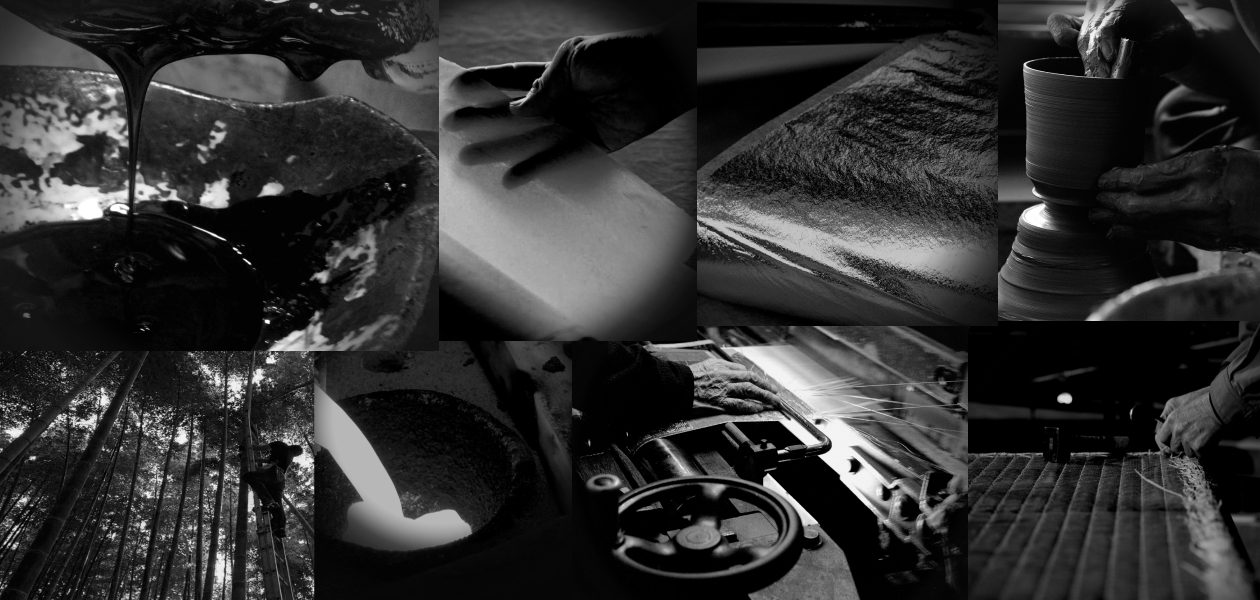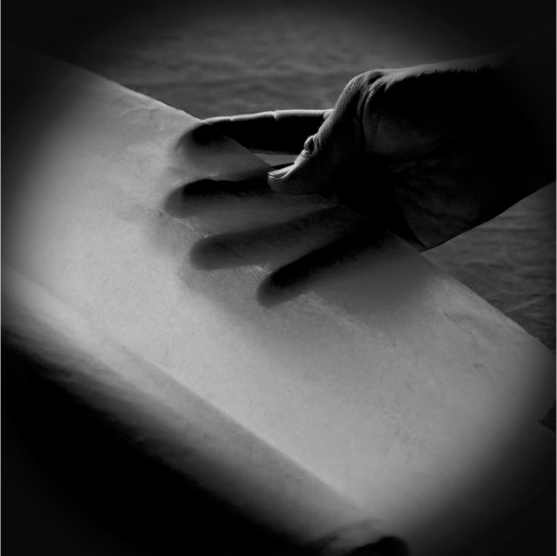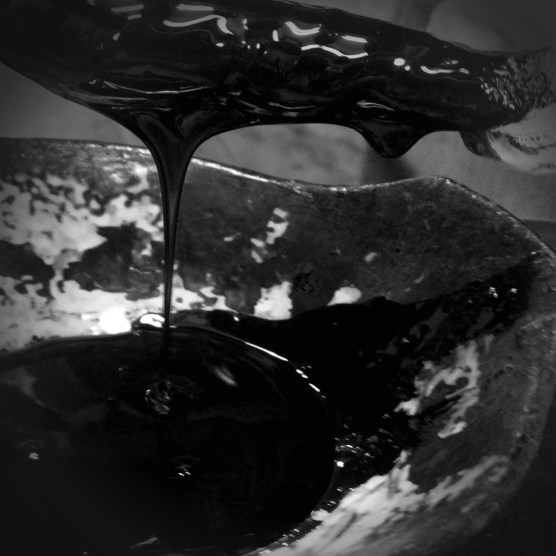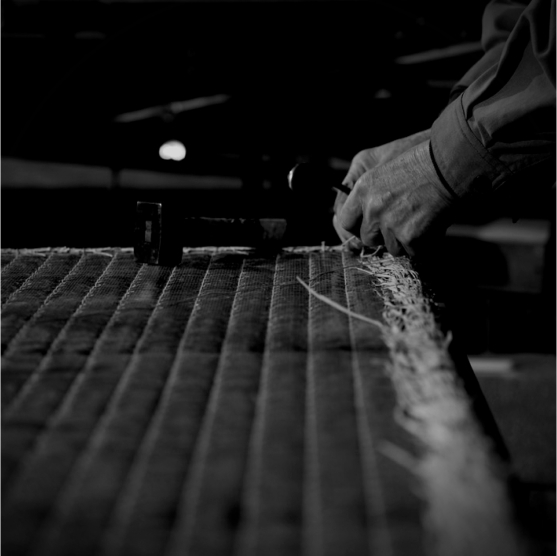和紙
Washi paperWashi is durable and long-lasting because the fibers are intertwined through the process of straining natural plant fibers. Compared to Western paper, washi has longer fibers; and it may be thin, but it is strong. Washi is characterized by its ability to produce various textures and aesthetics, depending on its place of origin and the techniques used. Washi is made up of three elements: the raw plant material, neri (a mucilaginous material), and water. The raw materials used for the fibers are mainly the mitsumata shrub (Edgeworthia chrysantha), kozo (paper mulberry), and the gampi tree, and the fibers are spread evenly by mixing them with neri, typically the tororo aoi plant (aibika). The most important factor is soft water with excellent transparency and low hardness. Washi can also be considered a natural material unique to Japan. Possessing outstanding longevity of more than 1,000 years in some cases, washi has been used to restore Japanese cultural properties, as seen in the Shosoin Repository; and has also been used since ancient times not only for calligraphy and paintings, Japanese umbrellas, and paper cloth, but also for a wide variety of crafts and fittings. In recent years, the demand for this natural material in interior spaces has been increasing owing to its low environmental impact and the renewed appreciation of how beautiful it appears when illuminated.









